
by David Madison
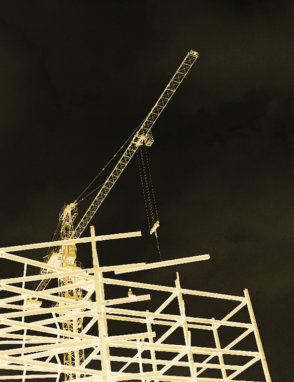
The skyline of the city of Kelowna is changing. Construction cranes can be seen perched precariously on the skeletal structures of steel and concrete at several locations. Are we on the way to creating a knock-off of the high-density centres of Vancouver’s English Bay or False Creek along the shores of Okanagan Lake?
Back in the early 1980s, Kelowna planners formulated a development plan for the area extending from the boat launch north of the yacht club to Brandt’s Creek. At that time, this land was largely industrial or vacant. They saw an opportunity to encourage a transition to high-density housing coupled with parkland. The result has been the transformation into what is now the Grand Okanagan Hotel, Lake City Casinos, The Dolphins, the Lagoons and the Discovery Point Resort, all of which frame the Waterfront Park on its east side.
This area is in contrast to the older residential neighborhoods east of Richter Street where small homes, many built before Kelowna became the largest city in the Okanagan, await the next stage of development. There are those who oppose the concept of high-density housing and cling to the North American ideal of single-family homes as the best possible residential solution. The problem is that there is not enough land to allow private homes.
The city population has increased by 25,000 since 1992. Nine thousand homes have been built to accommodate this growth and the resulting spread of urban sprawl has taxed transportation links and placed huge demands on water and waste systems. The 2004 Sprawl Report by Smart Growth B.C. placed Kelowna down in tenth position as the best developed city in the province. This was largely due to the rapid growth outside the city’s core area which creates the daily traffic grind. The decreased air quality because of these additional cars makes it clear that Kelowna needs to promote development upward, not outward.
And the growth is not slowing down. Keith Skinner, manager of inspection services at City Hall pointed out, “We had $140 million in construction as of May 3rd this year compared to $114 million for the same period last year.” Relating to building permits, “fourteen hundred units were created last year – so far this year we have 980 permits and it’s only half way through the year.” In 1973 the city had 50,000 residents. The population has now doubled and continues to do so at a rate of about 2% per year.
The numbers become frightening. The Smart Growth study shows that 68% of people who live in the city’s urban centre drive to work compared to 85% of those who live
in the suburbs. The steep land around the city does not allow easy walking or biking, so alternative transportation from the suburbs is difficult to promote. Add to this the fact that 40% of the city’s land is in the A.L.R. and this means that urban growth becomes fragmented – further stressing the transportation links. Almost 16% of the city’s available land is too steep or too close to water to be used for building. Subtracting that which is already in use for residential, commercial or industrial and we are left with only a bit over 13% of the total land base that is still vacant. If the population projections provided by the city are correct, we will have a city population of 160,000 by 2020 – a 60% increase over today’s figure. Where will those additional 60,000 people live?
Andrew Bruce, manager of development services for the City, hopes they will be living in one of the urban centres of Kelowna. “The cultural district in the central city, Rutland, South Pandosy, North Mission, Glenmore, Kettle Valley and the area around Springfield and Highway 97 are all becoming nodes for population growth.” He points out the logic of these centers for development. “ We already have the services in place there. There is local shopping as well. People who live there will not need to travel to get the things they need.” These clusters within the city may reduce peoples’ need to drive. Because Kelowna’s residents have an average of 1.8 cars per household, it’s easy to understand why we have traffic problems, even without the flood of tourists in their vehicles during the summer.
So with rapidly growing numbers moving to the city and limited land – what’s the outlook? High-rise development seems the answer. “Population densification of the urban centre” says Bruce, “will allow the city to accommodate more people while maintaining the highest level of services.”
Sharon Alfke, sales representative with Point of View Marketing at Discovery Pointe, notes: “when we offered these units for sale in May of 2002, we sold 1/3 of them in the first 10 hours.” The tower contains 131 units ranging in size from 875 square feet to 4000 square feet. Initial pricing was in the $275 – $300 per square foot range, but has increased. Sharon mentions a client who purchased a unit at the initial sale with a $12,000 down payment. “The person sold the unit (which is still being built) for a profit of $41,000 after two years.” The top floor penthouse could be bought for around $3.7 million.
Another impressive new tower has reached its full height near Springfield and Dilworth. Park Place is an 18-story structure with over 100 units. The only unit that was still for sale as of this writing was the penthouse at 4770 square feet for $1.5 million plus requiring over $10,000 per month for the mortgage and strata fee.
Park Place conforms to Andrew Bruce’s concept of urban nodes of high density population. It is close to the Mission Creek Regional Park and is only a short walk to the Orchard Park Shopping Centre and other major shopping. The list of features in the building is impressive and there is a definite emphasis on secure luxury. The fact that none of the units, except the penthouse, is still on the market testifies to the popularity of this type of residence.
A stroll through the ‘community’s living room’ in the Cultural District will reveal a large open parcel of vacant land known as the railway land. This property is owned by Canada Lands Corp., the real estate arm of C.N.R., and is slated for development very soon. The long-term plan is for 1700 units housing 3500 people in the downtown core. The first phase will be a 20-story tower with about 90 units to be started in the fall of 2004. The southernmost piece of this property is slated for a hotel development.
There are many public benefits to increasing the density of the downtown. Development permits help to pay for the building of additional parkland. The waterfront park by the Lagoons and Dolphins was largely paid for by the developers (66%) and has become a major attraction for the enjoyment of all.
What’s in the crystal ball for the future? Stuart Park will add more green space along the waterfront near the present location of the Kelowna Yacht Club. Discussions are underway to determine the best location for the clubhouse – perhaps overlooking the water on pilings might be an option. The boat moorage will remain. The seniors centre north of the yacht club will be moved making that land available for public use. Rumors that the existing Willow Inn will undergo a major development are still unconfirmed, but there has been strong interest in that property. Andrew Bruce adds, “We need to also encourage more ‘class A’ office space in the downtown core. This is defined as high-rise and high quality offices such as law firms might use.”
Imagine a city where people live in the centre, walk to work, stroll park trails nearby, support local arts, attend the theatre, moor a boat, and have a broad choice of dining and night life. That is Kelowna’s future as it grows upward.
Since David Madison wrote this feature, there have been more construction developments underway.
Read more of the original stories celebrated in our 30th-anniversary issue.
Wine reviews: Valley expressions of bold red wines
As seen in [downloads ids="156027" columns="1"] Summerland Pyramid Winery 2014 OM Organic MeritageKelowna, Okanagan Valley1/2 $65 This Bordeaux blend is very new-world in style. Full-bodied and robust, it is a wonderful presentation of ripe dark fruits...
Kitchen Confidential with Todd Laidlaw of True Grain Bakery
Baking up a storm with heritage wheat
Whites: Best of BC Wine Awards 2018
Let’s celebrate the wines from our fourth annual Okanagan Life Best of BC Wine Awards, this year held at the Delta Hotels Grand Okanagan. Our judging panel was a select group of independent, experienced wine judges from the trade, restaurant and education...
Wine reviews: Sperling Sparkling Brut
Sperling Vineyards 2011 Sparkling Brut Kelowna, Okanagan Valley 1/2 $40.00 Reminiscent of a fine quality Champagne, this single vineyard Pinot Blanc sparkling wine is grown organically and biodynamically, allowing it to truly represent its own unique...
Penny wise: Confessions of a thrift store shopper
Back in the swinging sixties, I was six and still enjoying playground swings. It was not until I was out of my brown school uniform and had started working that I realized what I’d been missing out on, fashion-wise. My hard-earned money...
Carbon is Not the Enemy. End Chemtrails!
Look in the Sky and Notice the Harm Being Done. Ask questions. Demand Answers Hall’s Introduction We are are being induced to feed and consume the Netzero/Climate Change nonsense being peddled by the predators disguised as our governors. Carbon is not our enemy....
SUGARCANE’S HORRIFIC FALSE AND UNVERIFIED CLAIM THAT BABIES WERE THROWN INTO THE ST JOSEPH’S INCINERATOR LIBELS CANADA AND THE CATHOLIC CHURCH
Chief Willie Sellars and Sugarcane co-directors Julian Brave NoiseCat and Emily Kassie were at the Kamloopa PowWow Grounds next to where 'the remains of 215 children' were allegedly found but didn't interview anyone in the Kamloops Band Woke Watch Canada is...
Welcome back to Okanagan Life Magazine
For over 40 years I absolutely loved being a journalist, magazine owner, editor and publisher of Okanagan Life, Lethbridge Magazine, Thompson Life and Medicine Hat Life. I started by publishing the Alberta Dusters Semi-Pro Basketball Program in 1980 in...
Beautiful blends
Even a blend of one or two percent can make a significant difference in wine, says sommelier Mike Lee.
Retail Real Estate Revolution
Okanagan developers are reviving urban centres with a mix of workplaces, greenspaces and lofty living.
In the kitchen with Kristina Klein at EATology
At the bus stop Young Vernon chef serves up the science of eating fresh food It started out as a side thing, but then it just took off, says Kristina Klein, founder of EATology, an unusual bus depot diner in Vernon. It’s modern, but funky, with wooden floors instead...
Garagiste winemakers
A garage can make for a passionate first crush At 650 metres above sea level, Forgotten Hill Wine Co. is the highest-elevation vineyard in the South Okanagan — a nod to a tract of land way up the hill on a forested, gravel road past...
Countering Trump’s Canada Dementia
A Guest Column by Peter Petrosino Responding to "Canada Is Older Than the USA." In the words of former Canadian PM, Jean Chretien, US President Donald Trump has made “unacceptable insults” and ‘unprecedented threats” targeting Canada. But what can you expect of a US...
Yes, Schools are Transitioning Kids!
The School to Medical Pathway Image from CNN Woke Watch Canada is a reader-supported publication. Please consider becoming a paying subscriber or making a one-time or recurring donation to show your support. Today’s post continues a Woke Watch...
Breaking: Claims That Childhood Vaccines ‘Saved Millions of Lives’ Based on Flawed Models
In a paper published today, all-cause mortality expert Denis Rancourt, Ph.D., said claims by public health agencies and top medical journals that childhood vaccination prevents millions of deaths annually are based on “tentative and untethered models of...


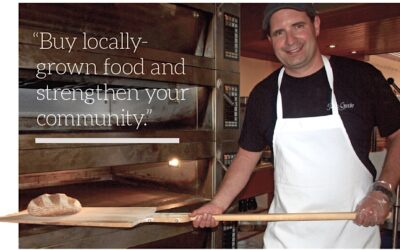


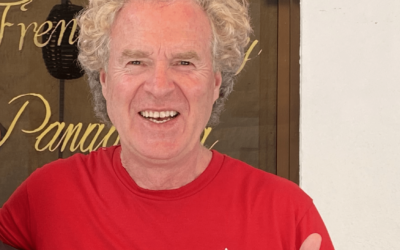
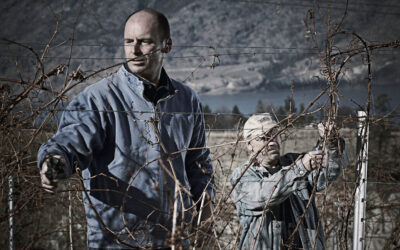

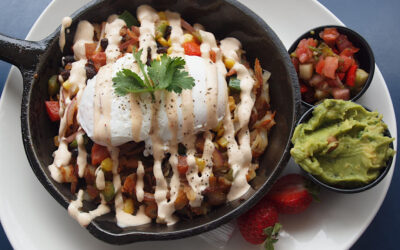
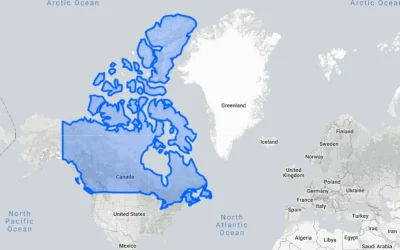


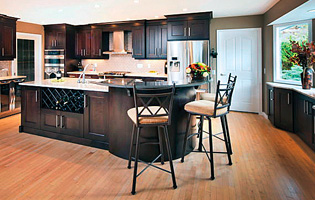

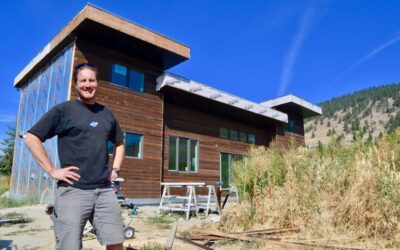
0 Comments